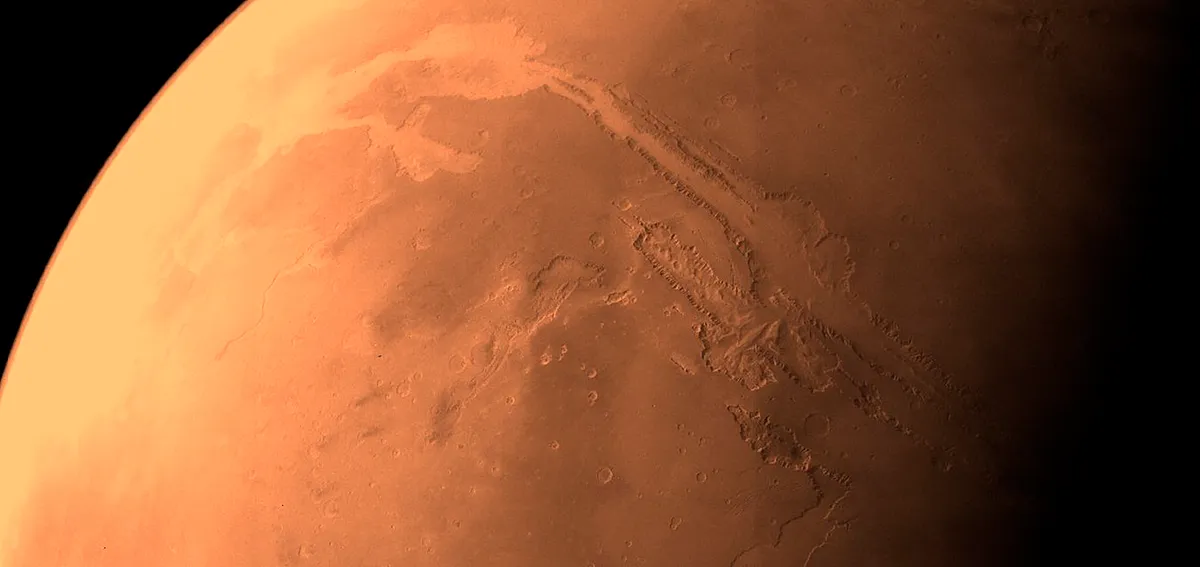There has been lots of talk of finding evidence of past life on Mars in recent years, spurred on by the amazing discoveries made by the rovers and orbiters currently investigating the Red Planet.
Scientists have found sites of ancient riverbeds and lakes on Mars.
More on Mars

They've even found evidence of biosignatures hidden within ancient rocks on Mars, suggesting that microbial life could once have existed on the planet.
But if we really want to look for signs of life on Mars, where are the best places we currently know of to do so?
Gale Crater

Measuring 154km (96 miles) wide, Gale crater, which NASA’s Curiosity rover has been exploring since 2012, may have been a freshwater lake with vigorously flowing water 3.8 billion years ago.
Its environmental conditions included neutral pH levels, low salinity and minerals usable by microorganisms.
Jezero Crater

Since 2021, Perseverance rover has investigated Jezero crater, a clay-rich area with an ancient lake up to 250 metres (820ft) deep.
Conditions recorded at Jezero’s Wildcat Ridge show it might once have been habitable. In 2024, Perseverance found leopard-like ‘spots’ on a reddish rock called Cheyava Falls that may have hosted microbial life.
Valles Marineris

The 4,000km (2,500-mile) canyon Valles Marineris may have contained a number of ancient lakes, with minerals present that only form in the presence of water.
Some lakes could have been 0.8km (0.5 miles) deep, water volumes comparable to the Caspian Sea, and environmental conditions suitable for life.
Hellas basin

An ancient lake may once have filled Hellas basin, the lowest point on Mars, and the area may have had geothermal sources of heat.
If so, microbial life could have had more than enough time to develop.
Eridania crater

Eridania crater exhibits magnesium-rich clays and opaline silicas, consistent with the presence of an ancient lake.
NASA’s Mars Reconnaissance Orbiter found evidence of hydrothermal seafloor deposits in the crater, suggesting hydrothermal vents pumped mineral-laden water into the lake, possibly facilitating conditions suitable for life.
This article appeared in the September 2025 issue of BBC Sky at Night Magazine